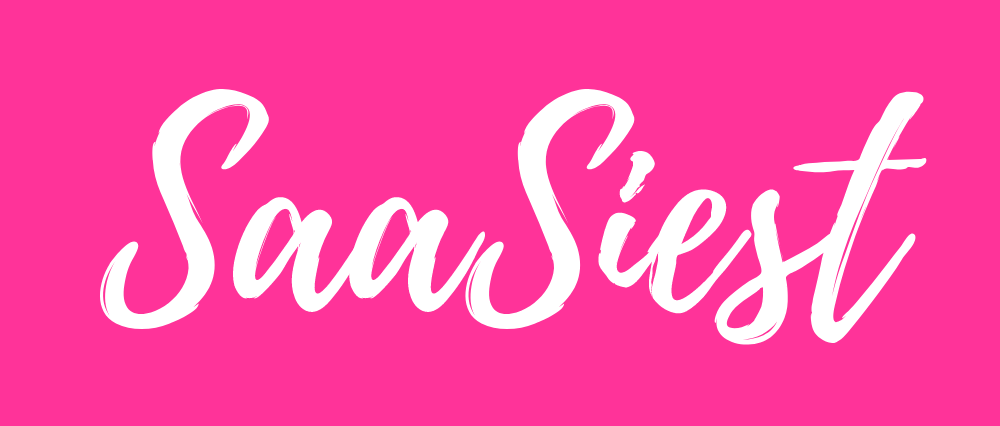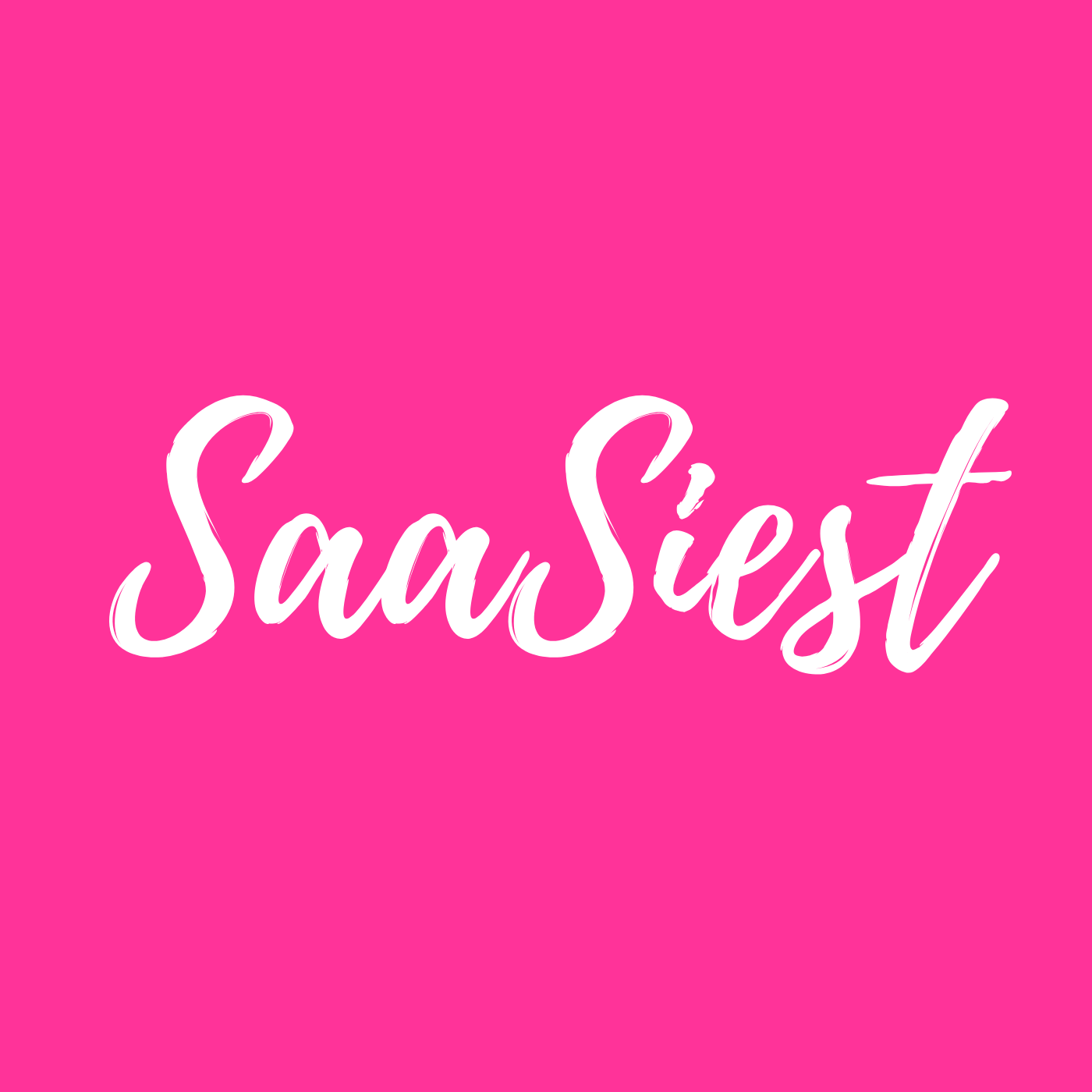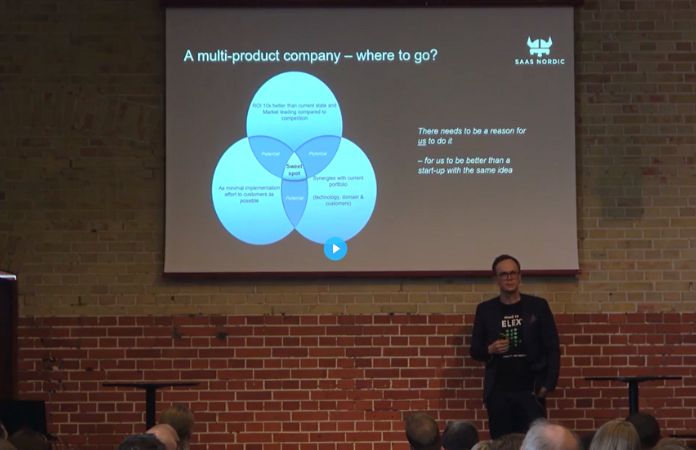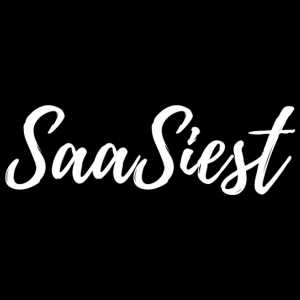The reason for becoming a multi-product company is the wish to serve your customers better while also accelerating growth. But how do you become a successful multi-product business? And how do you combine the agility and speed of a startup with enterprise resources & organization?
In this session, Tommi Ylinen, Chief Product Officer at Relex Solutions, shared their journey from excelling in one area to expanding a product portfolio and ultimately becoming a multi-product company.
To give you some background, Relex Solutions is a retailer-targeted optimization solution valued at €5 billion with 1500 professionals across all continents, and has sustained a 50% annual growth for more than a decade. Relex is an enterprise B2B with long sales cycles, and it takes 1000s of days to implement its products for the most sophisticated clients.
A Multi-product Company – Why?
Relex solutions chose to become a multi-product company mainly for two reasons: to serve their customers better and ensure that they could keep growing – the addressable market needs to be big enough now and in ten years.
A Multi-product Company – Where to Go?
Relex is in the optimization and automation scene, and its goal is to build products that bring a lot of value and are relatively easy to implement. To venture into a new product, there needs to be a clear reason for you to do it. Here you should always ask yourself why you would do it better than a startup focusing on that exact problem. Relex also wants to leverage existing technology when expanding to new markets and build new products for the existing customer base. Their primary domain is supply-chain, so Relex focuses on expanding inside that area. However, combining the best out of startup-like agility & speed, and enterprise resources & organization, is very difficult. The critical factors for success are the organization, tech, and going to market.
How Do You Organize Around Multiple products?
When organizing around multiple products, there are two ends of the spectrum. On one end, you have fully independent BUs with the ability and power to operate the new product, and on the other, you have full matrix teams where everything is shared and organized. Relex has tried out both and found that they each have strengths and weaknesses. Now Relex uses a combination of the two with specific product teams and some shared team product marketing and design.
The Challenging Speed vs. Maturity Battle
Relex’s core product is a platform where you can configure low to non-code solutions that suit every client. This is somewhat of a slow process, but at the same time it’s a finished product with all surrounding services when complete. Instead of building something from scratch or acquiring a company, you can get something working that solves one customer problem much quicker. But if you want to scale that product to many clients, you need the backbone services, which can be slow to build. Both solutions have pros and cons, which is why Relex is searching for the best of both. However, the optimal answer will always change over time.
The Challenge of Going to Market
Building a product is one thing, but getting a 1000+ people organization to sell & deliver it is another one. That’s why problems often arise in these areas when launching a new product:
- Sales & Prof. Services teams are built to scale mature products, not new ones.
- From customer PoV, you are one company, and the customer expects the same kind of service level across all products.
- Customers expect a similar level of maturity from all products, although products will always be in a different stage in their cycle.
Relex’s solutions:
- Over-resource products to play a more significant role in selling & sales training.
- Build product teams who support implementation projects & build best practice guidelines.
- Establish particular sales roles focusing on existing customers & new products.
Key Takeaways
- Whatever the organization, the key is to have the right individuals working on it.
- When the first successful product was launched, the founders created the product & business.
- You need similarly capable & entrepreneurial people who can also navigate their way around a larger enterprise to build the new product.
- Think carefully of the synergies and which of them are real enablers.
- Assess carefully where to optimize for speed, for maturity and for broader knowledge sharing – and review this regularly.




